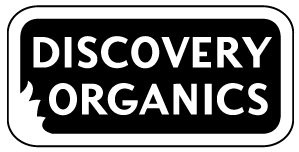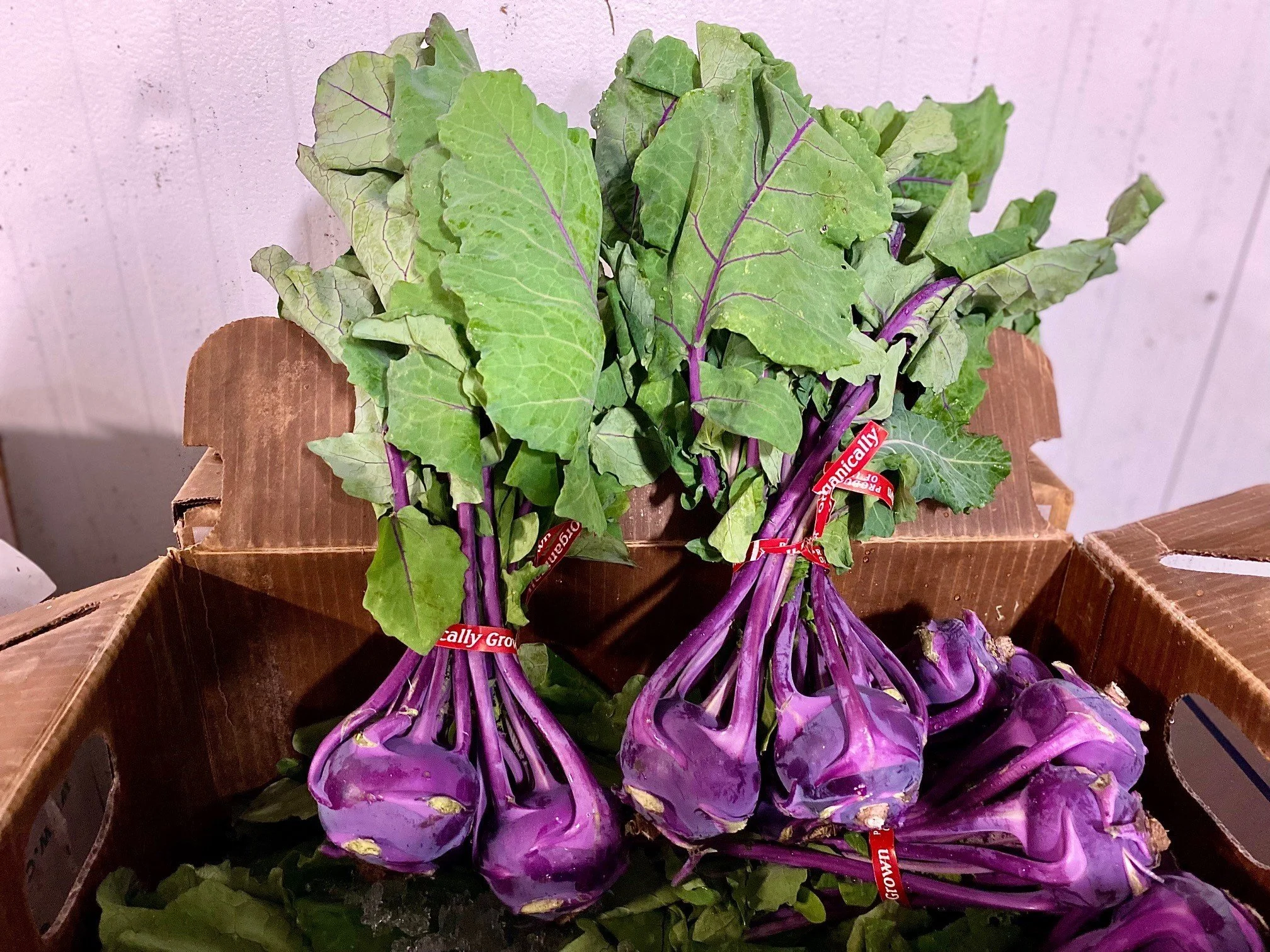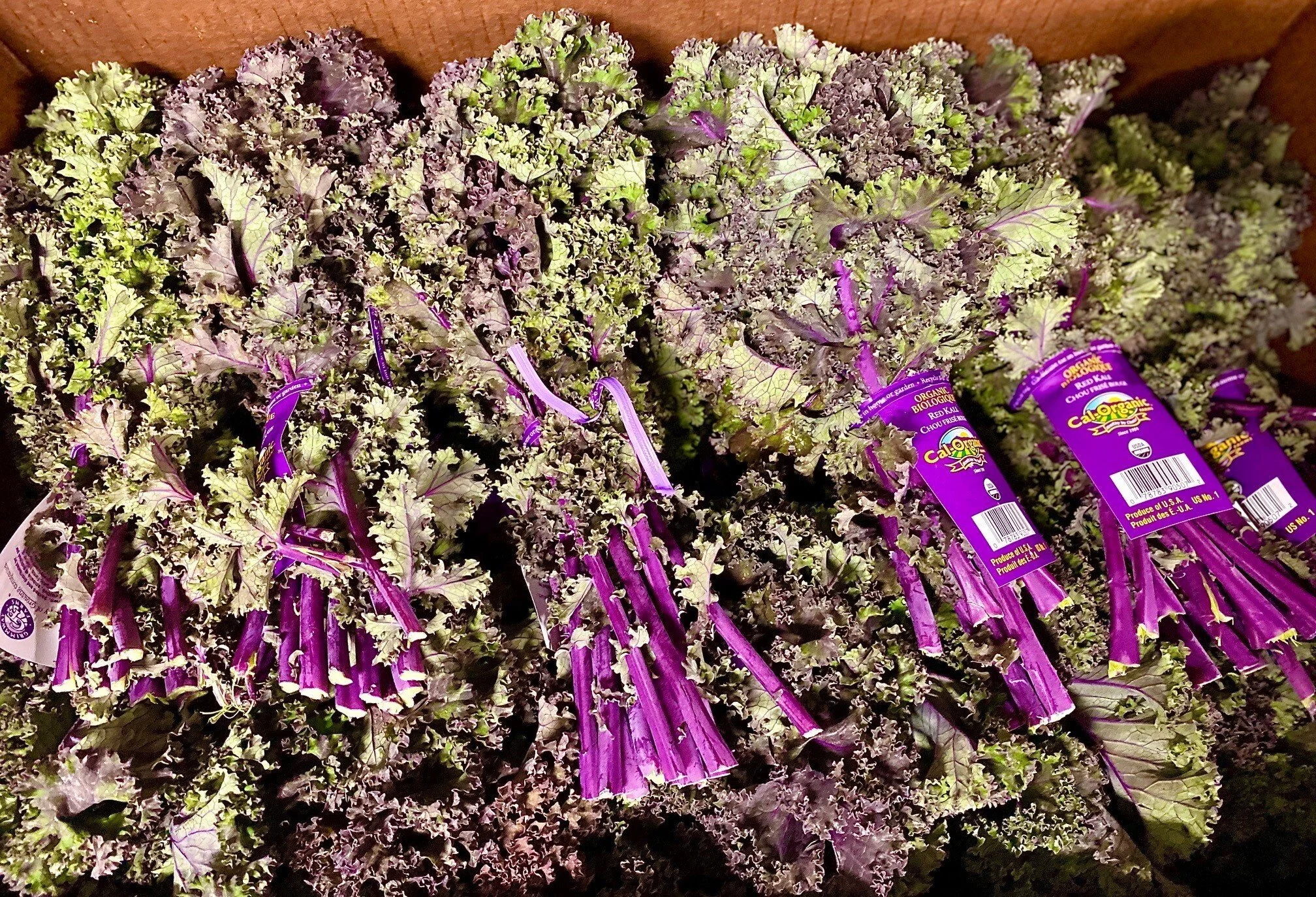Hot Shots - April 15, 2022
Hot Shots - April 15, 2022
Severin R-B Danieli
Hello all,
Happy Easter and Passover to those who celebrate, and happy long weekend to all! I hope your weekend is filled with good food, good company and chocolate.
The sunsets in North Van have really been showing off lately, and no matter where I am I always stop and take a photo. This one, pictured above, was taken while we were walking to a birthday party of a new friend a few blocks down Lonsdale.
Since April has started, there has been a noticeable upswing in socialization. Of course, this was bound to happen with restrictions lifting, but holy moly! I am too busy! How did I handle this pre pandemic? Suddenly we have weddings, engagement parties, bridal showers, bachelorette and bachelor parties galore!
We are a few weeks into spring, and the weather here in Vancouver has been giving us a run for our money. Yesterday, during the span of my workday, we had rain, hail, snow, sun and a thunder storm. Oh, hello spring, how I have missed you.
Purple carrots!
Believed to be one of the first carrot colours to be cultivated, the purple carrot was the prevalent in European and Middle Eastern markets. Purple carrots in particular are high in antioxidants (anthocyanins), are an excellent source of beta-carotene, and contain magnesium, vitamin C, potassium and fiber.
These carrots in particular are from Sunrise Organic Farm in California. Located in the heart of the Santa Rita Hills, three head farmers, combined their 52 years of organic farming knowledge and experience, and launch Sunrise Organic Farm. Starting in 2015, with just 12 acres of land, this farm has now expanded to seven different locations with over 200 acres of land and 215 varieties of seasonal vegetables and fruits.
Sunrise Organic Farms also participates in a weekly CSA box for those in the surrounding areas, as well as bringing their produce to various farmers markets.
Specifically for these colorful carrots, I love to roast them or shave them raw into a salad.
Purple Kohlrabi.
More widely known in Hungary, Germany, Northern France, Italy, Russia and Asia, kohlrabi can be eaten both raw and cooked, and is often used in European and Indian cuisine.
The first time I ever ate kohlrabi, or let's be honest, even saw it, was in 2017 in France. My family has friends over there whom I stayed with during my post-undergrad Euro trip, and I still think about the meals I ate there. Filled with cheese and bread, there was also an abundance of fresh fruits and veg, including kohlrabi! It was green kohlrabi, roughly chopped, put on a plate and sprinkled with coarse salt. At first I thought it was a pale, peeled granny smith apple, but boy was I mistaken.
Kohlrabi is well suited to a chopped slaw or roasted. Its flavour profile is a bit peppery, sweet and could be compared to broccoli, cabbage and cucumber.
Red sprouted cabbage tops!
These are from Ralphs Greenhouse in Washington, and have made their way up North to our dinner plates. Ralphs started as a dairy farm in the 50's, and then turned to vegetables in the 80's when the Ralph's son, Ray, took over. Most notable here at Disco, we have Ralphs carrots and their leeks.
These cruciferous sprouted tops are only around for a few weeks every spring, so get them while they are here! They are to cabbage what broccolini is to broccoli. Sweet, more tender, but still packing a crunch.
Eat them raw, or lightly sauté.
Redbor kale.
Known for its unique stem and leaf colour, redbor kale grows very well in the spring and fall, as it is a cold weather loving crop.
I actually have some red, green and black kale sprouting on my dining room table at home, and it is one of my favourite leafy greens to grow. This could just be because they are very hearty seeds and can withstand a novice gardener's green thumb... but alas! I always love to grow them.
Artichokes.
Similar to eggplants in that I was not super familiar with this vegetable growing up. The preparation of it kept me at bay, and I have still only really had one meal with a fresh artichoke. This meal was prepped by one of my old bosses who owned the best all-organic grocery store in North Van. It was simple, and we dipped the inner leaves, heart and choke into warm olive oil.
Artichokes have an interesting history, originating in the Mediterranean area as a domesticated variety of the wild cardoon, and was first mentioned as a garden plant in the 8th century BCE by Homer and Hesiod. By the 12th century, artichokes were cultivated in Spain and Italy, and made their way through Europe and over to the UK. They were introduced to North America by Spanish and French immigrants in the 19th century and planted in Louisiana and along coastal California.
North America certainly took a liking to them, as California produces nearly 100% of all US artichoke crops, and 80% of these are grown in Monterey County. Within that county, there is a town by the name of Castroville, which holds the annual 'Castroville Artichoke Festival' which started back in 1960.
The first artichoke planted in Castroville was planted by Andrew Molera in the 1920 on his ranch. Two years later, Angelo del Chiaro and his cousin leased 150 acres of land from Molera and expanded the crop. By 1926, there were 12,000 acres within California dedicated to artichoke cultivation.
One fun pop culture moment was that in the Netflix series Stranger Things, the character Dustin is wearing a 'Castroville Artichoke Festival' shirt in episodes 6-8 of season 1. As well as Marilyn Monroe was crowned the first honorary artichoke queen in 1948.
Here at Disco we have globe artichokes in 30ct boxes from Coke Farms.
This hot shots is coming to you in real time as this rhubarb was just unloaded off a truck from Living Rain Farm down in Washington.
Living Rain Farm is actually the brother farm of Ralphs, as Ralph had two sons: Ray (Ralph's Greenhouse) and John (Living Rain). John chose perennial crops, as to not compete with Ralphs's annuals, and Living Rain Farm became organic certified in 2009 and now boasts 13 acres of rhubarb and asparagus.
John explains that Living Rain Farm "maintains soil fertility by making and using heavy amounts of compost. Because we only grow two perennial crops (asparagus and rhubarb), we make sure to give the plants most of the year off to recover from the intense spring harvest. We use compost as a mulch to keep the weeds down in the winter, and this also provides great fertility for the plants to store up for the spring growing season."
Rhubarb has a long history, and has been used since 2700 BC in Chinese culture for trade as well as medical purposes. In 1778, rhubarb was used as a food plant in Europe, and this crop was first cultivated in the US in Maine between 1790-1800.
Baking with rhubarb is one of the most common uses. I'm sure you all have had a taste of a strawberry rhubarb pie? Or a rhubarb muffin? Delicious.
Last night, I made a delicious taco salad. It looked so pretty that I had to take a photo and put it on the hot shots this week.
The base is romaine lettuce, then top with cherry toms (the paperboard ones we have at Disco from Del Cabo are the sweetest cherry tomatoes I have ever tasted), bell peppers, onion, green onion, black beans, corn, avocado, cheddar cheese, sour cream, guacamole, pico de gallo, veggie ground, and topped with fresh squeezed lime juice and a splash of olive oil. If you want some crunch, crush up some tortilla chips and sprinkle on top.
For this week's hot shots, there was an unintentional theme of red and purple items, even the green artichokes has splashes of red on it!
Thanks for reading along everyone, as always, stay safe, eat your veggies, and enjoy your weekend!
Big love,
Severin R-B Danieli







